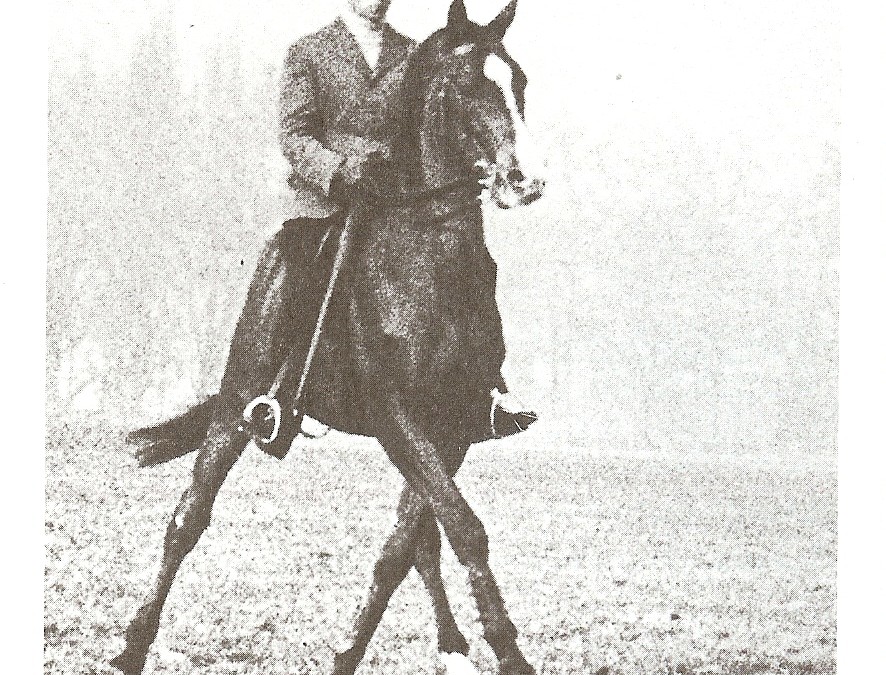A brief guide to the use of the aids
1. Act slowly
2. Be gentle
3. Be clear; avoid complex, compound aids. They are hard to understand and tend to create confusion.
4. Be brief in your actions; prolonged action creates resistance
5. Try to listen to your own aids by imagining yourself on the horse’s side
6. Listen to the horse
7. Use silence as part of the communication; because you are not being active does not mean you are not communicating. Presence alone is one of the strongest statements you can make with a horse.
8. Every aid is timed and blends into the natural cadence of the horse’s movement; find the cadence.
9. Above all be simple and precise
10. Understand that disobedience is extremely rare in the horse and human confusion is very common.
If you have to make the horse obey, you have not asked correctly. Obtaining this or that movement from the horse is never as important as how you ask. A properly prepared request totally avoids force and the escalation of force are only a proof that you lack clarity in your request.
The aids are the HAND, the seat and the legs which learn to follow the contours and movement of the horse’s body. This is the teaching of the old masters. Horses tolerate aggression from the LEGS; this is the foundation of military equitation. The SEAT’s only power is in striking a balance in the combining of the aids. This appears to be an opinion; it is not.
Learning dressage is not easy but it is simple because the horse is incapable of human complexities. Authentic dressage is a personal experience that whispers to the horse’s heart and is heard; it by-passes drama.
The problem is that dressage must be transmitted by a teacher who knows the subject intimately. Such teachers are very rare. A transmission is wisdom which is beyond thought. Most instructors convey rules which attempt to be a substitute for wisdom or contain clever thoughts. Dressage is not about thought or rules. It is about the union of the horse’s wisdom with human experience. May you be blessed with the first-hand experience of such transmission.


Recent Comments